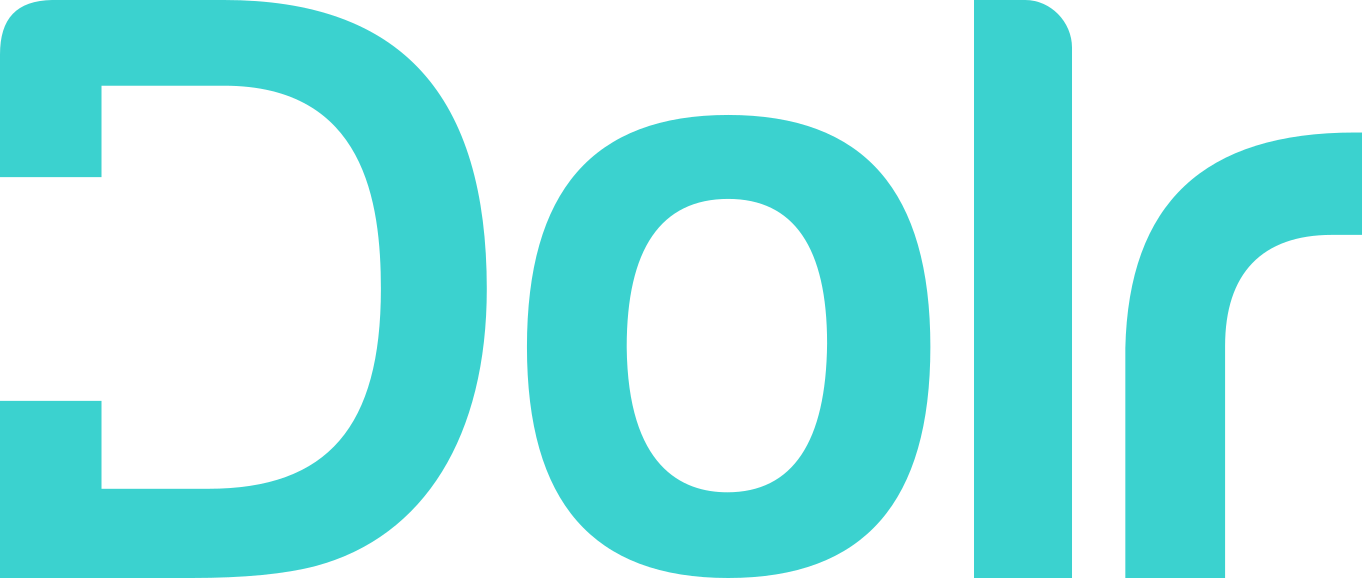Borrowers Like You: From a Ballooning Loan Balance to a Pay-off Plan
“I graduated top of my class,” she says. “I did everything I knew I needed to do academically to get a scholarship to go to college.”

Rachael Adeniran was committed to keeping her college costs low. In high school in Louisiana, her mom told her that if she wanted a college education, scholarships were the way to go.
Rachael took it to heart. “I graduated top of my class,” she says. “I did everything I knew I needed to do academically to get a scholarship to go to college.” And she got one. She got the first three years paid for at a private liberal arts university in Ohio.
She was only responsible for covering the cost of her last two semesters. At $35,000 a year, it wasn’t cheap. But she figured she was in a much better position than if she’d had to pay all four years.
She took out student loans to make those final payments and graduated in 2007 with a bachelor’s degree in communications and around $40,000 in student loan debt.
The job market was slowing, but Rachael wasn’t super concerned. She’d always wanted to join Americorps anyway, and she planned to spend a year working with the public service program.
Rachael got a position in San Antonio, Texas and took advantage of the federal policy that allows all Americorps members to put their loans into forbearance while they’re in the program.
See: Student Loan Repayment Allocation and Why You Need to Pay Attention
Loan balance surprise
What Rachael didn’t realize at the time was that interest would continue to accrue on her loans.
She spent the next two years working with Americorps. And when the time came to begin paying on her loans again, Rachael owed $80,000 — double what she’d owed just two years earlier.
She was horrified. After all that work to get a scholarship and keep her education costs low, she’d doubled her student loan debt without even realizing it.
Unfortunately, Rachael’s not alone. Ballooning student loan balances aren’t a rarity, and it’s not uncommon for borrowers to enter repayment already owing more than they borrowed. In fact, some student borrower advocates have argued that lenders encourage borrowers to go into forbearance rather than appropriate repayment plans, leading to balances that skyrocket in relatively short periods of time.
Rachael started working in quality assurance in the healthcare industry, and got onto an income-based repayment plan. Although she was diligently making her payments, she didn’t feel great about it. “My payment was around $400 at the time. It seemed like $2 would go to principal, and $398 would go to interest. It felt like this huge mountain that I was just taking inches off.”
Each year, Rachael tried to make one large payment toward the principal to speed up the process of paying her loans off. She was making progress, but it was slow.
And then in early 2020, a couple months before the pandemic began, Rachael met Alex Michaels, co-founder of Dolr, at a Columbus Young Professionals Event. Rachael mentioned her student loan woes, and Alex shared that he was involved in a startup to help people pay off their student loans.
Rachael’s interest was piqued, and she agreed to beta test the original offering, The Daily Dolr.
“I still have this step to climb over,” says Rachael. “But they’ve made it so simple for me to set my goals. Both Naveed and Alex have been amazing. Now I feel like they’re my friends — friends who know my biggest secret, and it’s okay.”
See: 9 Student Loan Hacks to Help You Pay Your Debt Faster
Rachael’s student loan goals
The first goal Rachael set was to pay off her existing interest. Dolr’s student loan repayment calculator made it easy for her to see exactly what she owed and how much she needed to allocate each month to pay it off in a certain amount of time.
“I have just under $7,000 in interest that I have to pay off first. That’s my goal for the next six months,” she says.
And Rachael wants to pay off her full balance — around $67,000 — in the next two years. “I want to be aggressive.”
Rachael’s taking a multi-pronged approach. Since she signed up with Dolr, she’s been putting $2 a day toward her student loans with The Daily Dolr. That’s right — during Covid when federal forbearance meant she could’ve forgotten her loans entirely, she’s been making those payments. Now she wants to increase that amount.
Rachael also took a new job in 2021 with an employer that offers student loan repayment assistance. They send money directly to her loan servicer each year, and the payment amount increases each year she participates in the program. It’s not a huge amount, but it’s money she doesn’t have to pay.
And she’s been saving up to make a lump sum payment when Covid forbearance ends.
Rachael’s even thinking about the seemingly small contributions that could make a big difference. She recently moved to Tennessee, a state with no income tax. She’s going to take the money she would’ve paid in income tax in Ohio and apply that to her student loans.
“Dolr took out the guesswork for me about what I should be doing,” she says. “It gives me confidence because they’ve helped me calculate exactly what I need to do. Now I need to just execute it.”
If you’re interested in taking control of your student loans and paying them off faster, sign up for The Daily Dolr. It’s the most convenient way to take months — or even years — off your repayment timeline.
Contributed by Katie Taylor.


